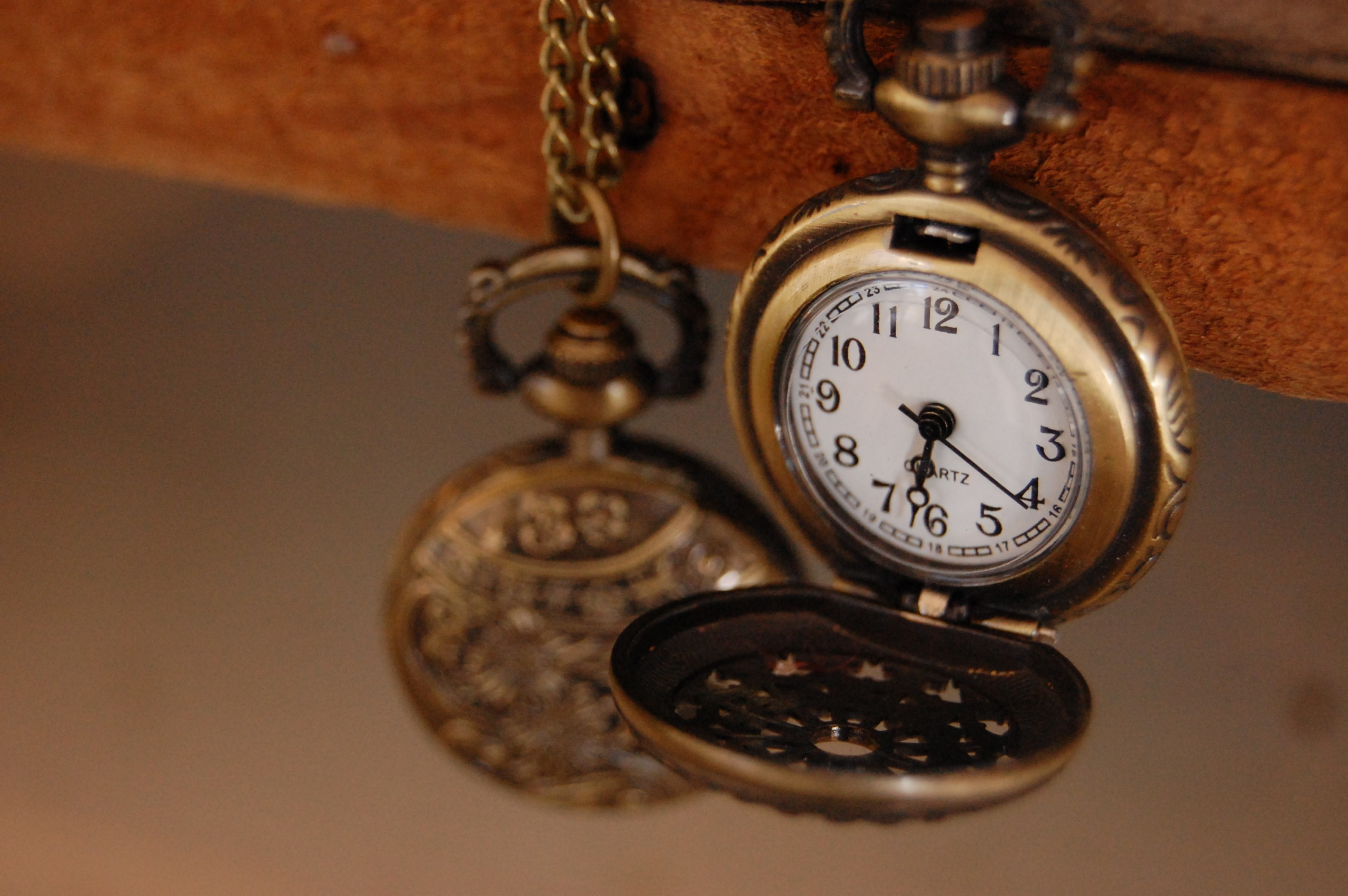Sign up for The Media Today, CJR’s daily newsletter.
The chances are that most watches you own run on batteries. If one doesn’t, you must “wind” it, usually by turning its “stem,” the little wheel that juts out from one side. If you have to reset the time, even on a battery-powered watch, you usually pull out the “stem” and “wind” it so the numbers reach the correct time.
Neither activity sounds very exciting.
But a report discussing Franklin Delano Roosevelt’s adaptation to radio said that he “was still capable of delivering — and did when the occasion warranted it — a rousing stemwinder.”
That makes “stemwinding” sound exciting.
Then there is this, in an article on making small talk, discussing what happens if two friends bump into each other at the hardware store: “Bill neither expects, nor wants, Joe to launch into a stem-winder about his hernia operation, marital discord, his tennis game, what’s right/wrong about politics he agrees/disagrees with, the stock market, or 115,000 other potential topics.” Yawn.
Or this, discussing a long condemnation of slavery written by Abraham Lincoln: “Imagine today’s Americans, attuned to 240-character Twitter feeds, paying attention to a three-hour stemwinder.” Booo-ring!
Or this, discussing Senator Ted Cruz on the exciting topic of collecting sales tax for online purchases: “Cruz is apt to launch a freedom-themed stem-winder against any mention of expanding states’ taxing authority over the growing world of e-commerce.” Passionate!
More than a dozen times in the past month, news organizations have used “stem-winding” in various forms, some seeming to mean exciting, and some seeming to mean boring.
So which is it? And does it have a hyphen or not?
For the etymology, we must talk a little about the history of watches. The first pocket watches were wound with a key, one reason for watch chains, to keep together the watch and the key to wind it. Educated men especially wore these watches and chains, so honor societies like Phi Beta Kappa began to issue small “keys” that could also be placed on the chain to allow the owner to brag about the accomplishment.
Keys, of course, can be lost, leaving a watch unwindable (though once it stopped, it would still be right twice a day). In 1842, Jean Adrien Philippe invented a watch wound with a stem. He founded the company that later became Patek Philippe, the first marketers of that “stem-winding” watch.
In 2012, when “stem-winder (with a hyphen) was Merriam-Webster’s word of the day, editor-at-large Peter Sokolowski said: “The stem-winder was introduced to the marketplace in the late 19th century, and it wound up being such a hit with consumers that people soon turned to using the mechanism’s name for exceptional people or things in general.”
Exceptional people can produce exceptional speeches, so “stem-winder” was applied to rousing rhetoric as well.
The Oxford English Dictionary’s first citation for “stem-winder” that didn’t relate to watches is from 1892, in A.C. Gunther’s novel Miss Dividends. A newsboy trying to sell peaches evokes Captain Harry Storey Lawrence, a swashbuckling hero of the piece, home from the Indian wars but now working on the Union Pacific Railroad, “‘Ain’t he a stem-winder, though?’ goes on the boy. ‘He was the most popular man on the line when it was built.’”
It seems appropriate that the first usage involve a railroad, since a later use of “stemwinder” was for a type of geared locomotive used in logging. That usage came about in 1911, the OED says, citing Webster’s dictionary from that year.
Nearly every dictionary labels “stemwinder” as slang, and American slang at that. The print version of Green’s Dictionary of Slang says, “The term currently exists only in US political speech, meaning a rousing speech,” though the free digital version omits that detail.
Apparently not everyone knows that a “stemwinder” is supposed to wake you up, not put you to sleep. But few people wind watches anymore, and when they do, it’s more of a chore than something to get excited about. It’s another word like “dial,” which is still a word even though no one uses a “dial” anymore. Context, as we are fond of saying, is, um, key.
Now, about that hyphen. Webster’s New World College Dictionary, the one the Associated Press and many journalists use, calls for one word, “stemwinder.” Many other dictionaries, including American Heritage and the OED, use the hyphen. Dictionary.com, based on the Random House Unabridged Dictionary, lists the unhyphenated version first, but allows that one could put in a hyphen if one wanted to.
In other words, that hyphen is nothing to get wound up about.
ICYMI: The immigration syllabus: 10 essential stories
Has America ever needed a media defender more than now? Help us by joining CJR today.



